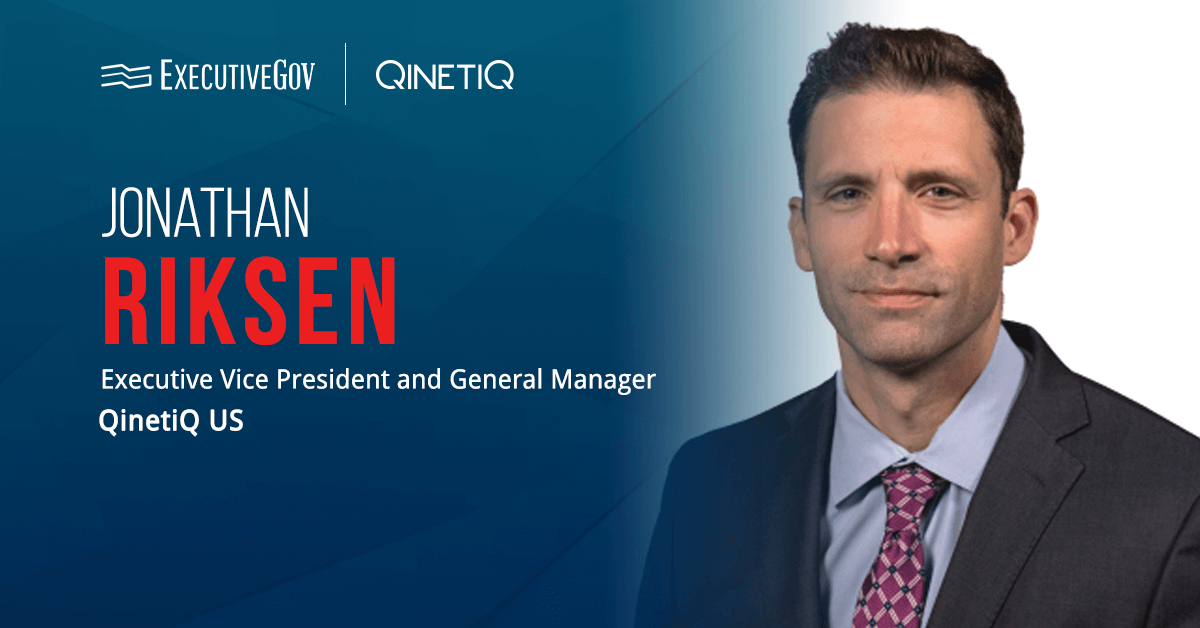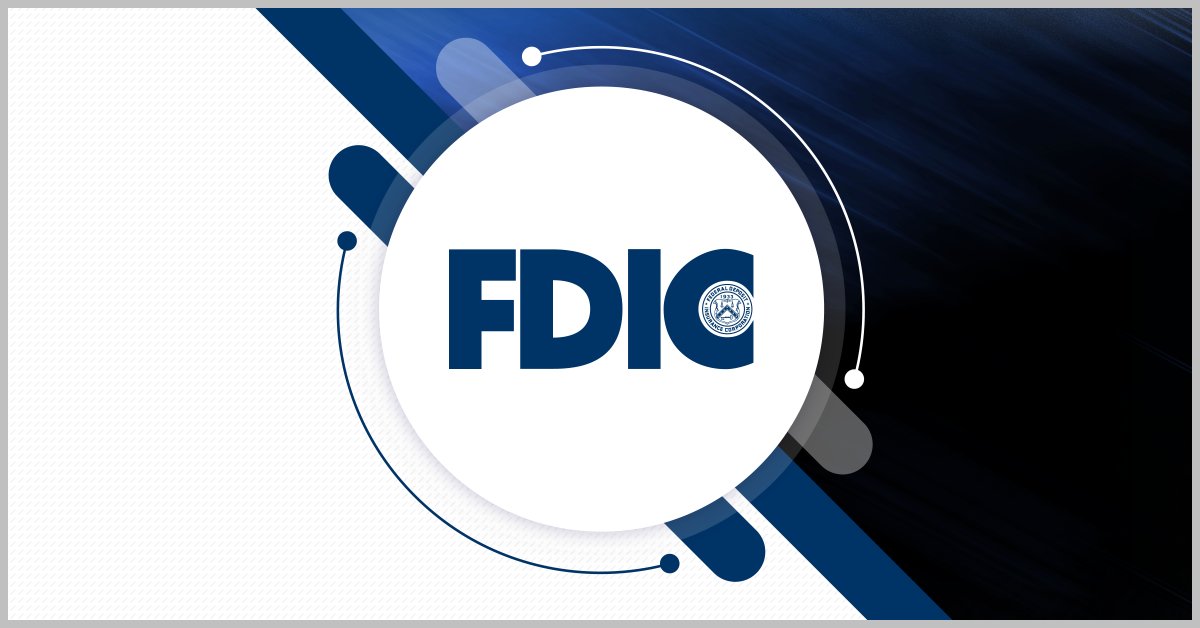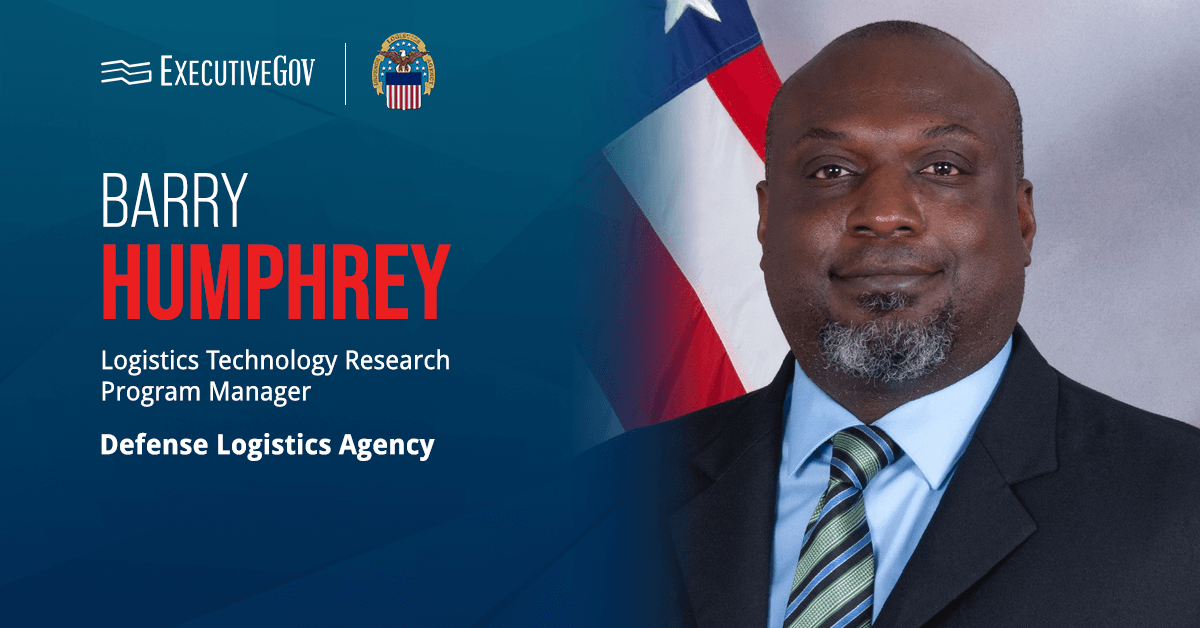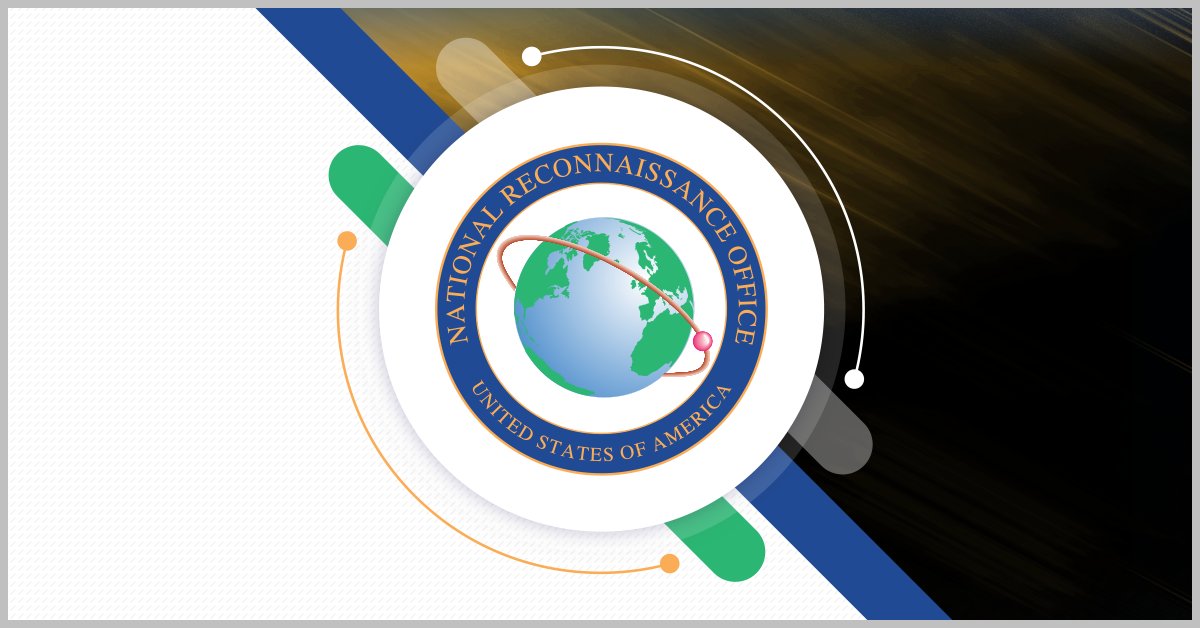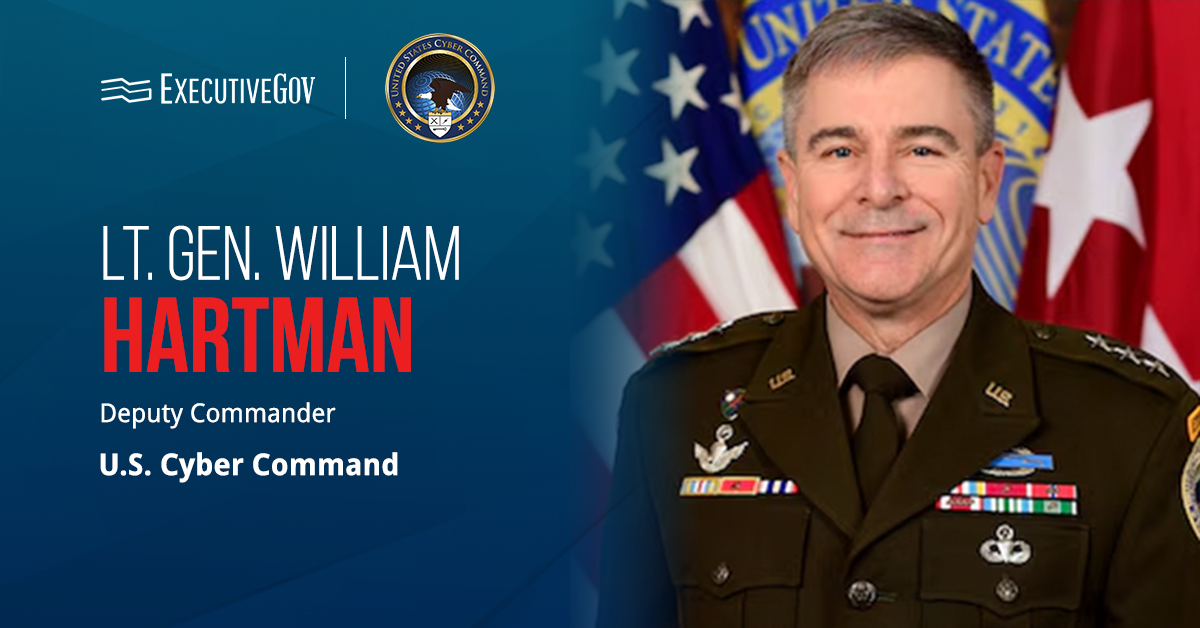The U.S. Army has awarded QinetiQ U.S. a $42 million task order to support the military branch’s modernization initiatives in sensor processing and imaging technologies.
Through the four-year task order, QinetiQ will deliver advanced imaging capabilities, including aided target recognition, or AiTR, technologies and enhance signal and image processing algorithms for the Army’s Combat Capabilities Development Command C5ISR Center, the McLean, Virginia-based company announced Monday.
Jonathan Riksen, executive vice president and general manager of national and global security solutions unit for QinetiQ U.S., said, “This award reflects QinetiQ’s commitment to advancing sensor technology innovation while directly supporting the Army’s critical modernization priorities.”
“By leveraging our expertise in intelligent sensor processing and imaging systems, we’re helping the Army develop and field next-generation capabilities that support key initiatives, including Next Generation Combat Vehicle, Future Vertical Lift and Soldier Lethality programs. Our focus on research and development in these areas ensures warfighters have access to the most advanced technologies for maintaining tactical advantages,” Riksen added.
QinetiQ’s Recent Work With the Army
QinetiQ was previously tapped by the Army under a $41 million contract to help advance the C5ISR Center’s threat detection capabilities. In October, the military branch also awarded QinetiQ a $95 million contract to develop aerial target systems to enhance the military branch’s training and testing programs.


